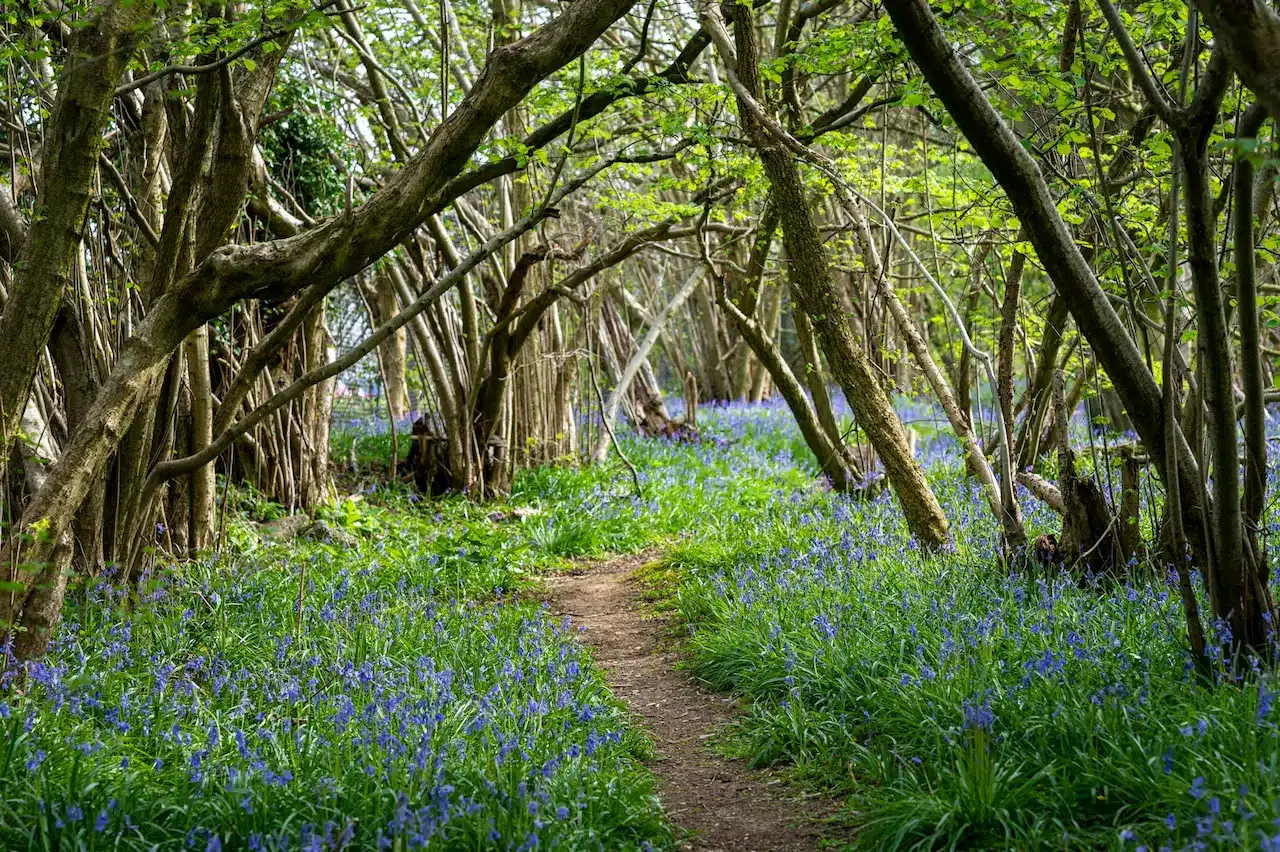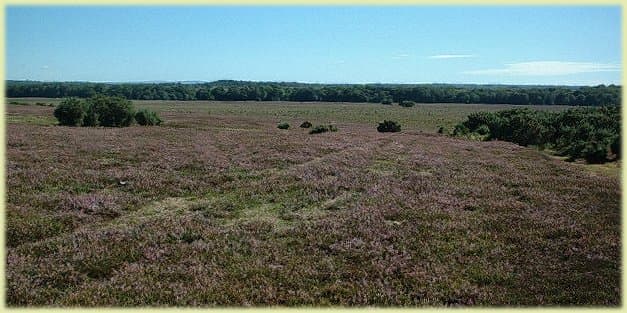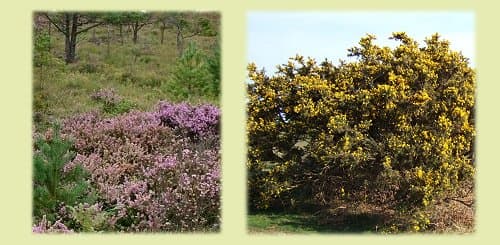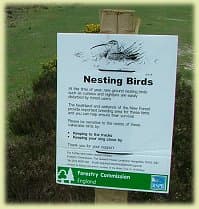New Forest heathlands

New Forest
heathlands
01.
Overview

The New Forest heathlands are the most characteristic habitat of the Forest and are some of the most important lowland sites for nature study in Europe. Indeed, there aren’t many places left in Britain and Europe that can boast such expanses of untouched heath.
These heathlands have changed little over time but were once covered in dense forest, as was much of the British Isles.
It was the area’s inhabitants of the Bronze Age that cleared these forests, opening up large areas for basic agricultural use. However, the sandy, acidic soils were largely infertile and unsuitable for any serious use – the primary factor in ensuring the survival of the New Forest heathlands through the centuries.
Table of Contents
ToggleIn present times, animal grazing helps maintain the heathlands, while in winter controlled burning by the Forestry Commission promotes new springtime growth of grass and prevents the scrub from completely taking over.
The biggest areas of heathland occupy the western half of the New Forest and count for around half of the area of the Open Forest.
The heathlands are fairly uniform in appearance – almost completely covered in heather (bell heather and ling) with a good scattering of gorse bushes and bracken. The heather flowers in summer, bringing the normally dull-brown heathlands to life with shades of purple and pink. At this time, the bracken is also at its greenest, while the yellow flowers of the gorse have all but disappeared, having bloomed a couple of months earlier.
The heathlands of the New Forest are criss-crossed by sandy tracks, and low-lying areas play host to another of the Forest habitats, the bogs.

New Forest heathland wildlife
The low, dense covering of the heather and scrub provides a good home for many different species of insects and invertebrates. In turn, this attracts a healthy diversity of animal and birdlife and the heathlands are home to several of Britain’s rarest species.
Notably, the sand lizard and smooth snake (shown below) are both protected species that survive in select areas of the New Forest heaths, while the rare Dartford Warbler is now a permanent resident in amongst the gorse.

Nesting Birds
Ground nesting birds, such as nightjar and skylarks, are also to be found on some of the New Forest heathlands. In fact, about one quarter of New Forest birds nest in this habitat.
Between March 1st and July 31st great care must be taken while walking on any of the heaths – always walk on the paths! Indeed, the Countryside and Rights of Way Act (2000) is in force on certain parts of the Forest, and dog walkers especially must take note; dogs must be kept on a short lead during this period.
Numerous warning notices are put up at this time of year, all around the heathlands where nests may be.
For visitors to the New Forest National Park, the question “But where’s the forest?” may well be justified when viewing such large open tracts of land, but the New Forest heathlands are as characteristic of the area as the mighty oak and beech trees are, and must be accepted as a major part of the Forest!

Related Pages:

Most Visited Tourist Attractions in UK
The UK has a variety of world-renowned attractions. These range from museums to historic landmarks, and include natural wonders as well. This list includes some of the UK’s most popular tourist attractions, which attract millions of

Family Holiday in UK
The UK offers a wide range of family-friendly activities for all ages. There’s something to do for everyone, whether you want to explore vibrant cities, enjoy the countryside or experience thrilling adventure parks. Here are some of

Attractions in UK
The United Kingdom has a rich history, culture and natural beauty. This diverse and fascinating nation has something to offer everyone, whether you are a history enthusiast, a nature lover, or if you want to experience

Enjoying Nature in the New Forest
Immersing yourself in nature offers peace, adventure, and a unique way to rejuvenate the spirit. With its beautiful surroundings and diverse wildlife, the New Forest is an ideal location for outdoor enthusiasts. Planning your next

Top Road Trip Hacks
For nature enthusiasts, a road trip represents more than just traveling from point A to B—it’s an opportunity to forge meaningful connections with the natural world. Whether you’re planning to explore remote national parks or

Exploring natural wonders
Exploring natural wonders: from New Forest to the deserts of the UAE For English travellers, the UAE is a sweet invitation into a world of exceptional land beauty. From the billowing dunes of its
